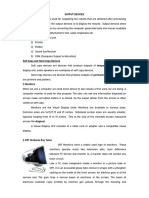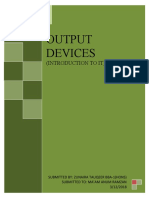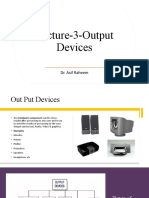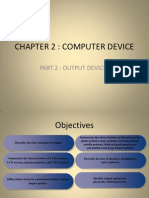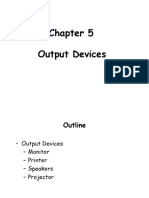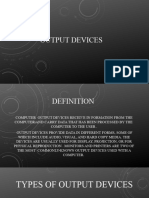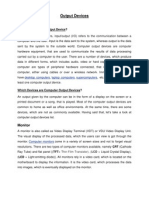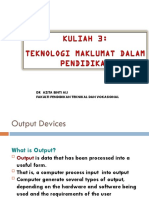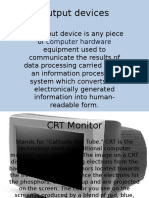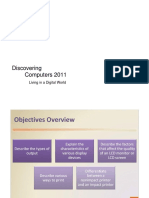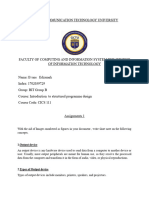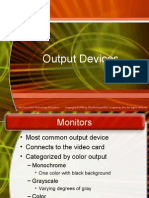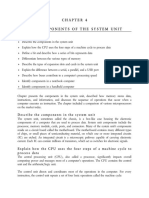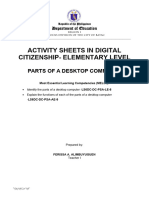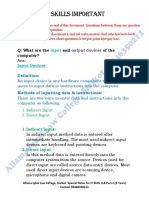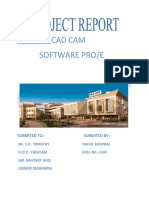0% found this document useful (0 votes)
132 views5 pagesChapter 6 Output
The document discusses various types of computer output devices. It defines four categories of output: text, graphics, audio, and video. It describes different types of display devices like monitors, televisions, and projectors. It discusses factors that affect display quality like resolution and refresh rate. It also covers printers, speakers, data projectors, fax machines, and multifunction devices. Finally, it addresses monitor ergonomics and output options for physically challenged users.
Uploaded by
Aminiasi SalatovouCopyright
© © All Rights Reserved
We take content rights seriously. If you suspect this is your content, claim it here.
Available Formats
Download as DOCX, PDF, TXT or read online on Scribd
0% found this document useful (0 votes)
132 views5 pagesChapter 6 Output
The document discusses various types of computer output devices. It defines four categories of output: text, graphics, audio, and video. It describes different types of display devices like monitors, televisions, and projectors. It discusses factors that affect display quality like resolution and refresh rate. It also covers printers, speakers, data projectors, fax machines, and multifunction devices. Finally, it addresses monitor ergonomics and output options for physically challenged users.
Uploaded by
Aminiasi SalatovouCopyright
© © All Rights Reserved
We take content rights seriously. If you suspect this is your content, claim it here.
Available Formats
Download as DOCX, PDF, TXT or read online on Scribd
/ 5


